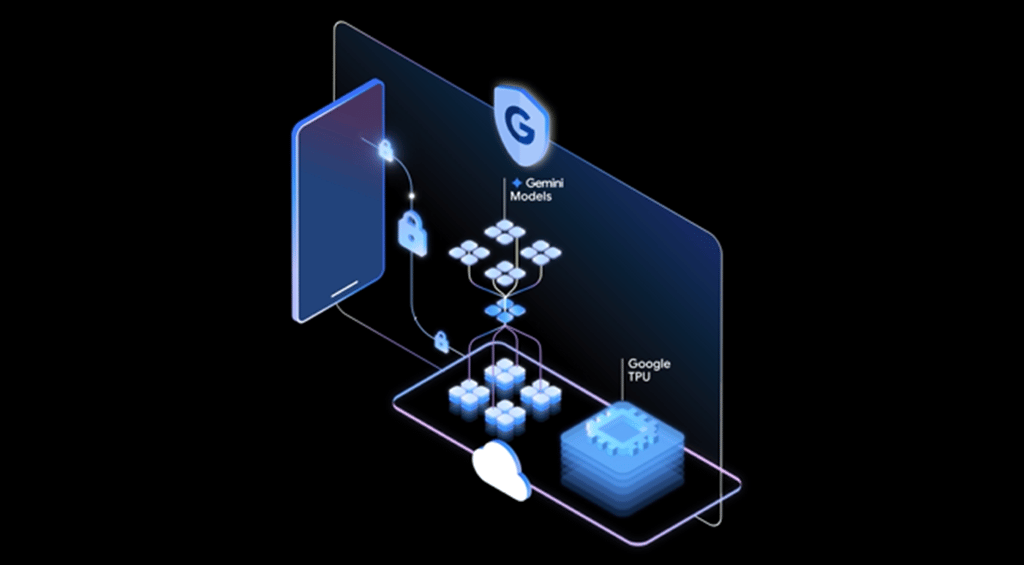Datamation content and product recommendations are
editorially independent. We may make money when you click on links
to our partners.
Learn More
I’m at EMC’s analyst event in Boston this week and it’s an interesting event. One of the compelling stats that they shared: approximately 18% of large companies are choosing to build their own public cloud because they feel they can do it better and cheaper than services like Amazon Web Services can. EMC is moving on this opportunity with a solution called “Project Nile” and I think the trend is very interesting. Let me explain.
Private vs. Public Cloud
Unless you’ve been living under a rock in the IT space you likely know this: private cloud efforts have advantages that include compliance, security, and IT oversight. Disadvantages include cost, inflexibility, and bureaucratic red tape. These services are supplied and managed by IT, using technology generally purchased through third parties.
Cloud Storage and Backup Benefits
Protecting your company’s data is critical. Cloud storage with automated backup is scalable, flexible and provides peace of mind. Cobalt Iron’s enterprise-grade backup and recovery solution is known for its hands-free automation and reliability, at a lower cost. Cloud backup that just works.
SCHEDULE FREE CONSULT/DEMO
Public cloud efforts have advantages that include cost, ease of deployment, and a lack of required red tape. Disadvantages include a lack of security or compliance, uneven reliability, and lack of integration with systems on premise.
Private Public Cloud
The idea of a private public cloud is basically a hybrid to get the best of both approaches. Because the solution is created by IT, it is compliant and secure (it is also on premise). It is easy to use and set up using tools similar to what services like AWS uses. Generally only available to large companies, this kind of a service provides an internal competitor to AWS. It assures that IT isn’t gradually replaced by an AWS-like service and that the unique needs of the corporation are met.
Avoiding the Recurring Death of IT Problem
This trend recurs every decade or so. The last big move was when PCs flooded companies, and line organizations figured out they could deploy financial, HR, and sales management systems far more quickly and easily on PCs than on mainframe and midrange computers.
At Dataquest we did a study in the early 90’s that clearly showcased that the vast majority of these efforts turned out to eventually be more problems than they were worth. IT gradually took over and the applications were pulled off the desktop and put on servers.
It turned out that even the cost savings were often a myth. Overwhelming the perceived savings: data loss (often due to equipment theft or hard drive failures), the unreliability of those early PC and workstation systems, and costs connected with employee churn.
We see the same thing now with cloud services. Line is flocking to them but they aren’t really up to utility standards, government organizations like the NSA appear to be mining them, and they don’t appear to have adequate protection against outages. For instance, a power outage at Amazon took down a large number of firms. Yet the trend to use services like this appears to be accelerating. Like before, I expect we’ll find that many firms won’t get the benefits they anticipated and may get a number of problems they didn’t anticipate.
Wrapping Up: Customer Centric Fix
We talk about all of this as if it is a technology problem and it isn’t really. It is a customer care problem and when these cycles occur it is largely because IT’s customers have become frustrated with IT.
And much like the initial move to PCs, the move to the public cloud is an effort by line employees to fire IT because they are dissatisfied customers. Solutions like EMC’s Project Nile can certainly help, but if IT doesn’t understand that the problem is their lack of focus on their line customers no technology will be good enough.
At the core of the effort has to be a process to understand why these customers are unhappy and to make sure that problem is corrected during the process. Only then can a tool like Project Nile help assure that Line employees don’t vote IT off the corporate island.
-
Ethics and Artificial Intelligence: Driving Greater Equality
FEATURE | By James Maguire,
December 16, 2020
-
AI vs. Machine Learning vs. Deep Learning
FEATURE | By Cynthia Harvey,
December 11, 2020
-
Huawei’s AI Update: Things Are Moving Faster Than We Think
FEATURE | By Rob Enderle,
December 04, 2020
-
Keeping Machine Learning Algorithms Honest in the ‘Ethics-First’ Era
ARTIFICIAL INTELLIGENCE | By Guest Author,
November 18, 2020
-
Key Trends in Chatbots and RPA
FEATURE | By Guest Author,
November 10, 2020
-
Top 10 AIOps Companies
FEATURE | By Samuel Greengard,
November 05, 2020
-
What is Text Analysis?
ARTIFICIAL INTELLIGENCE | By Guest Author,
November 02, 2020
-
How Intel’s Work With Autonomous Cars Could Redefine General Purpose AI
ARTIFICIAL INTELLIGENCE | By Rob Enderle,
October 29, 2020
-
Dell Technologies World: Weaving Together Human And Machine Interaction For AI And Robotics
ARTIFICIAL INTELLIGENCE | By Rob Enderle,
October 23, 2020
-
The Super Moderator, or How IBM Project Debater Could Save Social Media
FEATURE | By Rob Enderle,
October 16, 2020
-
Top 10 Chatbot Platforms
FEATURE | By Cynthia Harvey,
October 07, 2020
-
Finding a Career Path in AI
ARTIFICIAL INTELLIGENCE | By Guest Author,
October 05, 2020
-
CIOs Discuss the Promise of AI and Data Science
FEATURE | By Guest Author,
September 25, 2020
-
Microsoft Is Building An AI Product That Could Predict The Future
FEATURE | By Rob Enderle,
September 25, 2020
-
Top 10 Machine Learning Companies 2021
FEATURE | By Cynthia Harvey,
September 22, 2020
-
NVIDIA and ARM: Massively Changing The AI Landscape
ARTIFICIAL INTELLIGENCE | By Rob Enderle,
September 18, 2020
-
Continuous Intelligence: Expert Discussion [Video and Podcast]
ARTIFICIAL INTELLIGENCE | By James Maguire,
September 14, 2020
-
Artificial Intelligence: Governance and Ethics [Video]
ARTIFICIAL INTELLIGENCE | By James Maguire,
September 13, 2020
-
IBM Watson At The US Open: Showcasing The Power Of A Mature Enterprise-Class AI
FEATURE | By Rob Enderle,
September 11, 2020
-
Artificial Intelligence: Perception vs. Reality
FEATURE | By James Maguire,
September 09, 2020
SEE ALL
CLOUD ARTICLES







